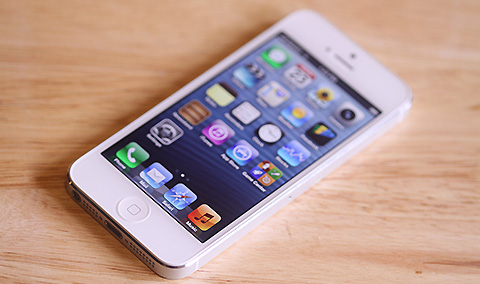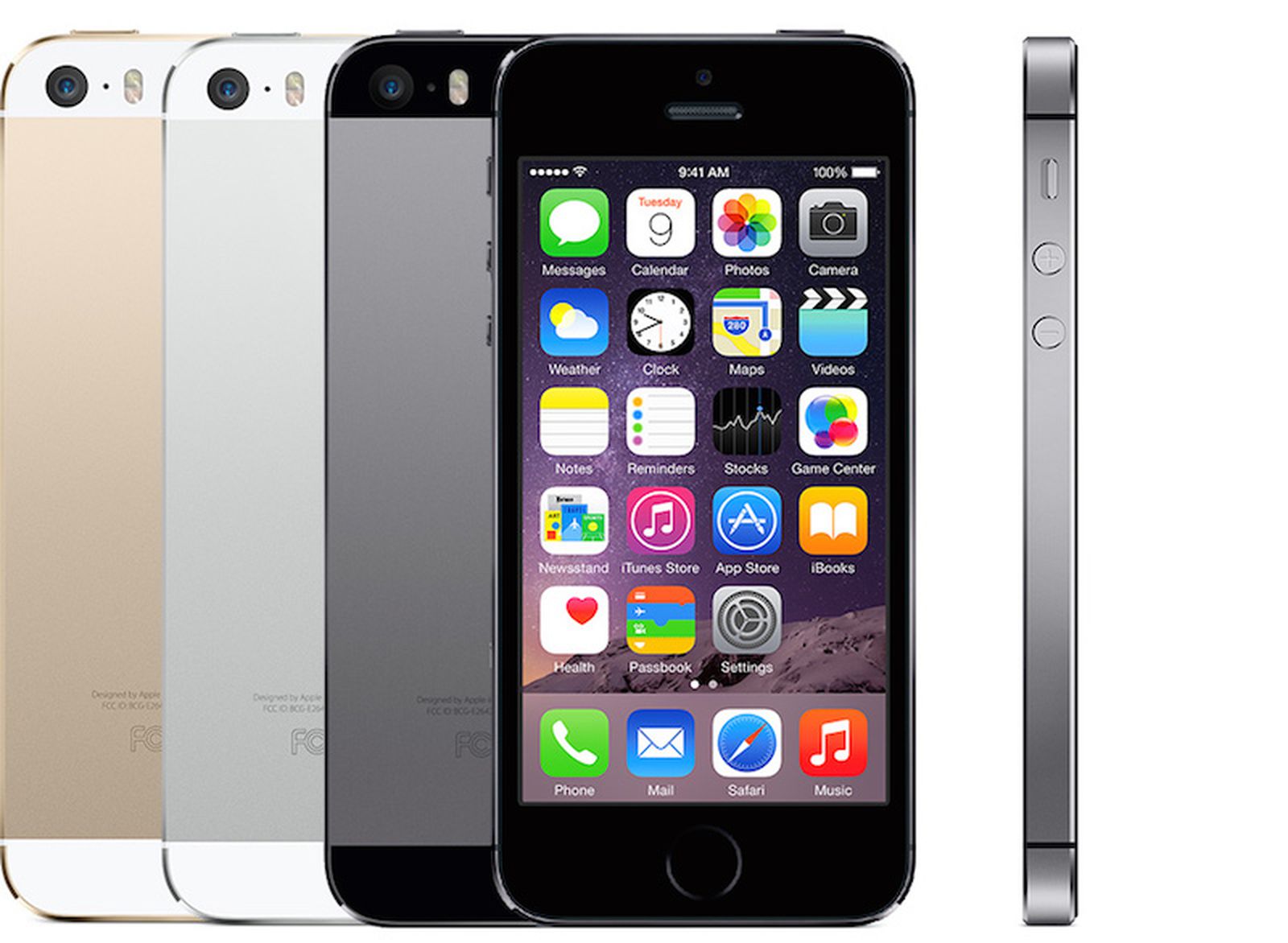The Apple iPhone 5 was a game-changer in the world of mobile technology. Released in September 2012, it marked a significant upgrade from its predecessor, the iPhone 4S, in terms of design, performance, and features.
One of the most noticeable changes in the iPhone 5 was its larger display. The 4-inch Retina display offered a resolution of 1136 x 640 pixels, making it the first iPhone with a larger screen. This improvement not only provided a better viewing experience but also allowed for more space for apps and multitasking.
Another significant change was the introduction of a new dock connector, called Lightning, which replaced the 30-pin connector used in previous iPhones. The new connector was smaller and more versatile, allowing for faster data transfer and a more streamlined design.
The iPhone 5 was also the first iPhone to support 4G LTE networks, which allowed for faster internet speeds and smoother streaming of video and audio content. This improvement was a major selling point for users who demanded faster and more reliable data connections.
In terms of design, the iPhone 5 was thinner and lighter than its predecessors, weighing in at only 112 grams. It featured an aluminum backplate with glass panels on the top and bottom, which gave it a sleek and modern look. The phone was available in two color options, black and white, and both options were equally popular among users.
Under the hood, the iPhone 5 was powered by Apple’s A6 chip, which provided a significant boost in performance compared to previous iPhones. It also featured an improved camera system with an 8-megapixel sensor and the ability to capture 1080p HD video.
One of the notable software features that came with the iPhone 5 was iOS 6, which introduced several new features, including Apple Maps, Passbook, and Siri improvements. However, iOS 6 also faced criticism for its Maps app, which was plagued with inaccuracies and errors.
Here are the full phone specifications for the Apple iPhone 5:
Body:
- Dimensions: 123.8 x 58.6 x 7.6 mm (4.87 x 2.31 x 0.30 in)
- Weight: 112 g (3.95 oz)
- Build: Glass front (Gorilla Glass), aluminum back, aluminum frame
- SIM: Nano-SIM
Display:
- Type: LED-backlit IPS LCD, capacitive touchscreen, 16M colors
- Size: 4.0 inches, 44.1 cm2 (~60.8% screen-to-body ratio)
- Resolution: 640 x 1136 pixels, 16:9 ratio (~326 PPI density)
- Protection: Corning Gorilla Glass, oleophobic coating
Platform:
- OS: iOS 6, upgradable to iOS 10.3.4
- Chipset: Apple A6 (32 nm)
- CPU: Dual-core 1.3 GHz Swift (ARM v7-based)
- GPU: PowerVR SGX 543MP3 (triple-core graphics)
Memory:
- Card slot: No
- Internal: 16GB 1GB RAM, 32GB 1GB RAM, 64GB 1GB RAM
Main Camera:
- Single: 8 MP, f/2.4, 33mm (standard), 1/3.2″, 1.4µm, AF
- Features: LED flash, panorama, HDR
- Video: 1080p@30fps, 720p@120fps
Selfie Camera:
- Single: 1.2 MP, f/2.4, 35mm (standard)
- Features: Face detection, FaceTime over Wi-Fi or Cellular
- Video: 720p@30fps
Sound:
- Loudspeaker: Yes
- 3.5mm jack: Yes
Connectivity:
- WLAN: Wi-Fi 802.11 a/b/g/n, dual-band, hotspot
- Bluetooth: 4.0, A2DP, LE
- GPS: Yes, with A-GPS, GLONASS
- Radio: No
- USB: Lightning, USB 2.0
Features:
- Sensors: Accelerometer, gyro, proximity, compass
- Siri natural language commands and dictation
Battery:
- Type: Li-Po 1440 mAh, non-removable (5.45 Wh)
- Stand-by: Up to 225 h (2G) / Up to 225 h (3G)
- Talk time: Up to 8 h (2G) / Up to 8 h (3G)
- Music play: Up to 40 h
The Apple iPhone 5 was a significant upgrade from its predecessor, offering a larger display, faster performance, and 4G LTE connectivity. Despite being released in 2012, it remains a popular choice among users who prefer a compact and reliable device.
Here are some of the pros and cons of the Apple iPhone 5:
Pros:
- Sleek and modern design with aluminum body and glass panels
- Larger 4-inch Retina display offers better viewing experience and more space for apps
- Faster performance and improved camera compared to previous iPhones
- Introduction of Lightning connector for faster data transfer and a more streamlined design
- Support for 4G LTE networks allows for faster internet speeds and smoother streaming
- iOS 6 introduced new features, including Apple Maps, Passbook, and Siri improvements
- Compact size and lightweight make it easy to carry around
Cons:
- Lack of expandable storage options with no microSD card slot
- Battery life could be better compared to other phones in the same category
- iOS 6 Maps app faced criticism for inaccuracies and errors
- No headphone jack, requiring the use of Lightning to 3.5mm adapter or Bluetooth headphones
- Limited RAM compared to newer devices, which can affect performance when running multiple apps
- No longer supported by the latest iOS updates, limiting compatibility with newer apps and features.
Overall, the Apple iPhone 5 was a significant upgrade from its predecessor and offered several improvements in design, performance, and features. However, some of its limitations, such as the lack of expandable storage options and limited RAM, may not be ideal for some users. Nonetheless, it remains a popular choice among those who appreciate its compact size and reliable performance.
Conclusion
The Apple iPhone 5 was a landmark device in the world of mobile technology. Its sleek and modern design, improved performance, and new features such as a larger Retina display and Lightning connector set the stage for future generations of iPhones.
While the iPhone 5 did face some criticism for its limitations, such as the lack of expandable storage and limited RAM, it remains a popular choice among users who appreciate its compact size and reliable performance.
Overall, the iPhone 5 represented a significant step forward for Apple and the mobile industry as a whole. Its impact can still be seen in the design and features of current smartphones, and it will be remembered as one of the most important devices of its time.











